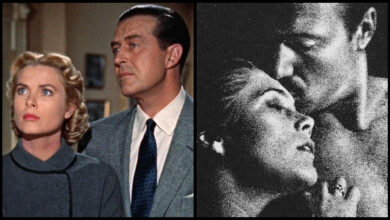That Awkward Moment (2014): “So… what are we?”
The question every man dreads. The answer every woman deserves. And the awkward truth no one wants to face.

When the Hookup Becomes the Heartbreak
In the neon-lit chaos of New York City nights, three best friends — Jason (Zac Efron), Daniel (Miles Teller), and Mikey (Michael B. Jordan) — swear a sacred brotherhood oath: Stay single. Have fun. Avoid feelings.
It sounds perfect on paper. No late-night calls. No messy breakups. No s.e.x turning into silent breakfasts and complicated conversations.
But hearts don’t follow rules.
Jason, the smooth-talking player, meets Ellie — and suddenly, one-night stands don’t feel enough. Daniel, the joker of the trio, starts seeing his “wingwoman” in a whole new light. And Mikey, the married man among bachelors, watches his marriage slip between his fingers, holding on to the hope that love can still survive betrayal.

The Moment That Defines Modern Love
“So… what are we?”
Five little words. Whispered in the dark.
A playful tease? A desperate plea? Or the beginning of a truth you’re not ready to face?
That Awkward Moment nails the fear of commitment with a brutal honesty:
We want the s.e.x without the strings… until the heart starts craving the strings.
Beyond the Jokes — A Film That Cuts Deeper
This isn’t your average rom-com loaded with cheap laughs and recycled love stories.
That Awkward Moment slices open the soft spots men don’t talk about:
- The fear of falling.
- The panic when a fling becomes a feeling.
- The secret wish to be loved — even by someone you swore you’d never love.
It’s about the eyes you can’t stop looking at after the clothes come off.
The text you type at 3 AM… and delete.
The s.e.x you swore meant nothing… until it means everything.

Why This Film Leaves a Mark
Because beneath every sarcastic joke, every drink shared at the bar, and every wild night with no strings attached — is the silent scream of every heart that didn’t sign up for feelings… but caught them anyway.
That Awkward Moment (2014) reminds us all:
You can swear off love.
You can run from the question.
But sooner or later… you’ll hear it:
“So… what are we?”
And you won’t have a damn clue how to answer.





